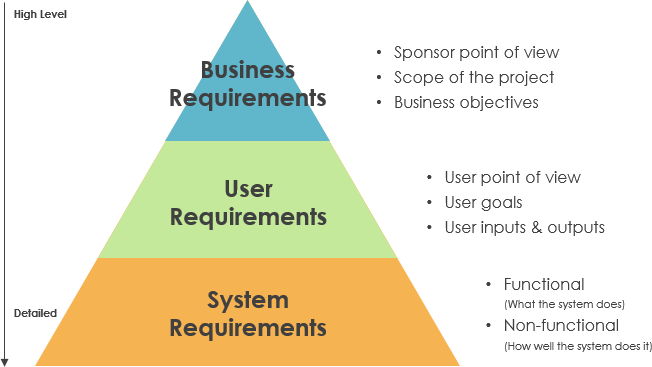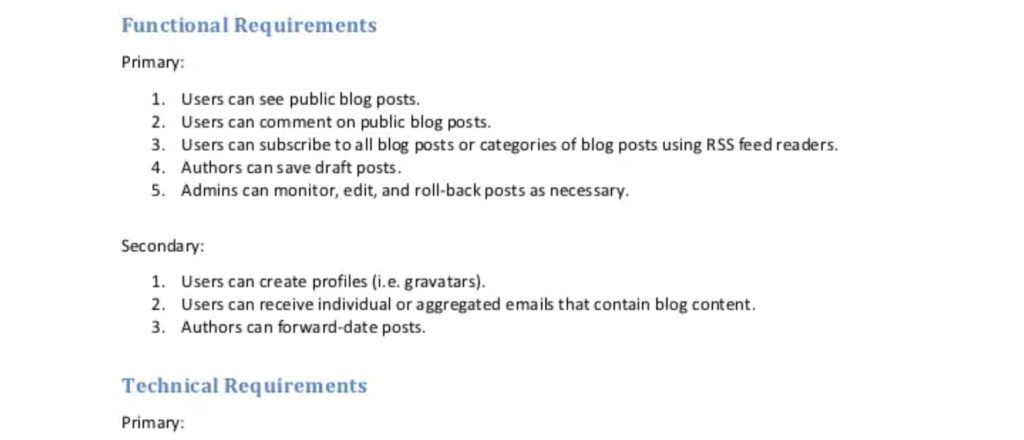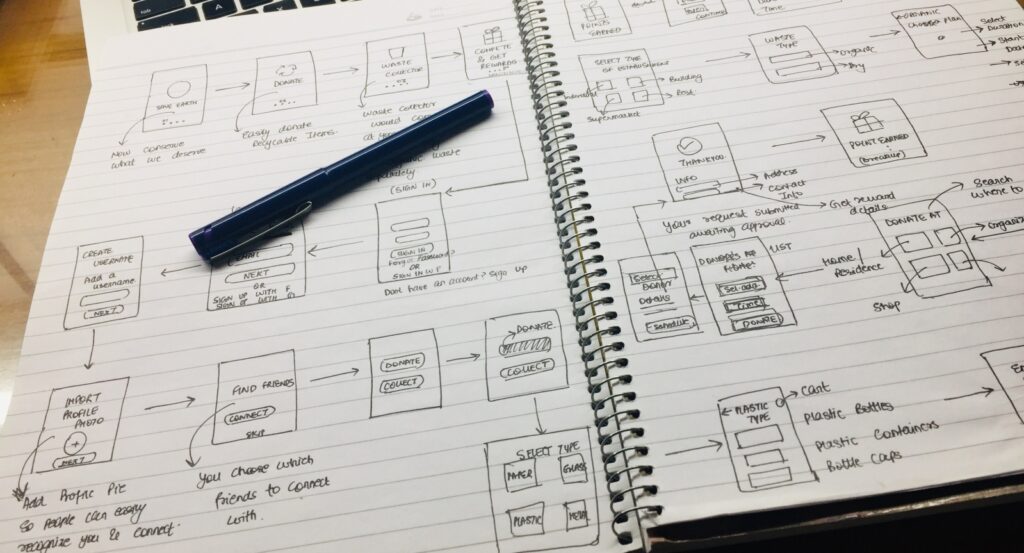This is an overview for NON technical people, to get what you need from your developers
After having run a software agency for over 5 years before starting Harmony, I’ve seen people struggle with the same things over and over again when building their first business and applications:
- Projects go over the cost estimate,
- take longer than expected
- and everyone on the project get’s frustrated.
So, here are a few tipps on how you can set yourself up for success to get your application done. Specifically, how you can make sure you know what you need, your developers and designers have a clear guideline and to avoid miscommunication by setting expectations as clearly as possible!
What you need to know to get your application done
Asking for a price estimate on your software project without clear requirements is like asking for the price of a car without saying which car you want – is it a Ford Falcon? or a Ferrari 250 Grand Turismo Omologato?
To get your next software application done, you can do a few steps yourself that will make it easier to collaborate with software developers or agencies. So, here are 3 steps you can take to move from Business requirements to User requirements, which will help you and your developers work with a shared set of expectations.

Step 1: Structure your thoughts
To get your application built, your developers need to know requirements. This means a list of things you want your application to do once it’s built. Best, imagine you’re explaining the platform to your (tech savy?) grandma. Here’s an example on how to do that, based on Netflix:
- (Dear Grandma,) I’m building a product that will allow people to pick whatever they want to watch from our library of films and tv-shows. Like a video rental, but on your computer.
- When my users open up my product, they will see all the film and shows they can watch. It’s like a big list and they can search for films too.
- Once they found something, they can watch it right in our product. It just starts playing fullscreen, right in the window
- We charge our customers every month, but they can try it for free! So, once they used our product for a month they can’t view anything anymore until they pay.
Note: Developers can help you with figuring out requirements around your application like Settings or Authentication but they can’t help you spec out your idea, unless they’re your cofounder.
(Manage your expectations: 99,9% of the time developers will not be your co-founder!).
Step 2: Spend 2 hours to save 200.
or start paying a project manager now.
The next efficient step in your project is to draw out your application. It’s enough to do this by hand. In fact, it is better if you do this by hand.
It is easy to want to skip this step, because it doesn’t feel like as much of an accomplishment as a full design, but(!) doing this will set you up with a great fundament for making sure you’ve covered you applications scope, before you get lost in design details. – I’ve seen it more than once that people started with fully fletched designs and then forgot about questions like: how people convert into paying users.
Again, this is not the design stage! This is the conceptualisation of your project.
And, if you can’t afford paying a project manager 3-10k for this, then you can do this yourself by drawing each frame your application will have. On each “page” you want to make a note what your users experience and actions are.
E.g. Netflix:
- Dashboard: Users view all available videos ->
- User starts a video: full screen of video playing
- Search per category: Search result screen
- Profile settings: User can manage personal information
- User Settings
- Client information
- Paymentinformation
- Payment plan
- Establish seperate account for underage viewers
The image below is a demonstration of what you should end up with.
Step 3: Define your requirements
Finally, you can define your requirements. Now, it’s time to actually write out a list of screens and functionalities that you want your application to have. Again, this can be done by a project manager if you have one and/or in collaboration with your developers, whom you will have to pay for this because it’s several hours of work and probably, some iterations.

Finally, share the result of all your steps with a developer of agency. These documents can be the basis for establishing technical requirements and to identify which technical solution will be best for your use case.
(Manage your own expectations: Once you experience using your own platform you WILL want to implement changes. Find a developer of your trust, so you know they will be honest about additional workload and tell you once that work exceeds your financial or timely capabilities)
Good luck!
and if you have feedback on this article, or if it was helpful, please let us know!




